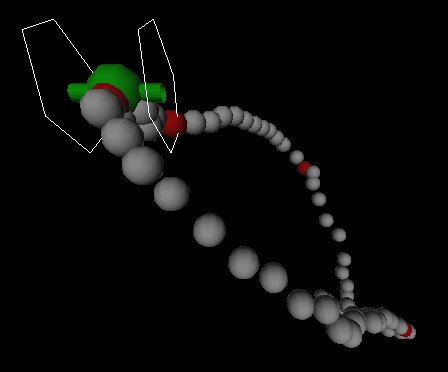SPI: Emily Echevarria, University of Illinois Urbabana-Champaign
Advisor: Professor George Francis, Math Department, University of Illinois Urbana-Champaign
Abstract
A heterogeneous cluster of computers (or Phleet) supporting the Syzygy distributed graphics system can share scenegraphs and subgraphs among them. According to the Phleet set up, a peer computer may make a realtime local change to a scenegraph that propagates to select peer computers also within the Phleet. Ben Schaffer, creator of Myriad, was the first person to begin the investigation of peer-to-peer scenegraphs, and Ryan Mulligan and Andrew Ofisher students of Professor Francis continued to investigate the possibilities of peer-to-peer scenegraphs in their project Shared Worlds. Through careful examination, documentation, and refinement of the Phleet tool, the investigation will be taken further to create a realtime interactive application that will visualize the world next door and modify it as needed locally. Because of the Phleet tool, multiple users can explore and interact in the same virtual environment.
Images


Bibliography
Ben Schaeffer, et. al.: Myriad:scalable VR via peer-to-peer connectivity, PCclustering, and transient inconsistency, http://www.isl.uiuc.edu/ schaeffr/vrst31-shaeffer.pdf
Integrated Systems Lab: Syzygy 1.0 Documentation http://www.isl.uiuc.edu/szg/doc/index.html
Andrew Ofisher and Ryan Mulligan: Shared Worlds with Syzygy assorted Shared World scripts running on a Phleet http://new.math.uiuc.edu/~ivanhoe/mulligan/doc/sharedworlds.pdf
Other Projects
http://new.math.uiuc.edu/~ivanhoe/echevarria/

